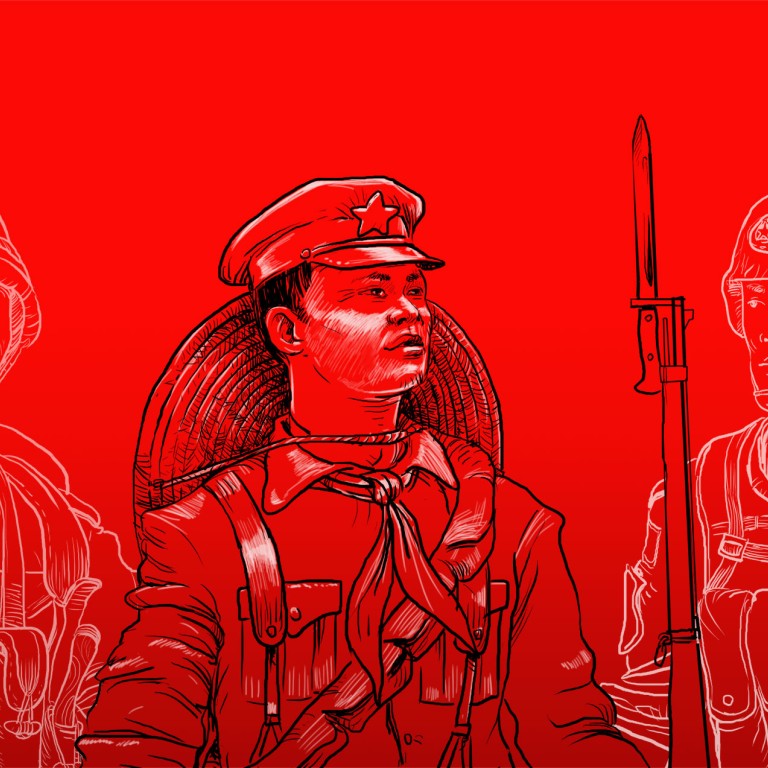
Interactive | From revolutionary guerrillas to the world's largest army: 90 years of China’s People’s Liberation Army
How the Chinese military evolved from workers and peasants into a modern army
On August 1, 1927, the Communist Party of China launched an armed uprising in Nanchang, the capital of Jiangxi Province. This motley collection of communists, peasants, Kuomintang deserters, and bandits was known as the First Workers’ and Peasants’ Army, or Red Army. Over the next 90 years it would evolve into the People’s Liberation Army, eventually becoming the world‘s largest military force.
Today the PLA has a clear mission. Former Chairman, Hu Jintao, explained the military’s role as being the consolidation of Communist Party rule, supplying domestic security and helping to establish world peace.
Armed conflicts, domestic and foreign wars, international politics and a multitude of other events, have helped shape the PLA. To better understand the impact of these consequences the following timeline shows how China’s army has evolved from a popular uprising to a modern military power.
The current structure of China’s armed forces is the result of reforms made last year. Prior to 2016, China was divided into seven regions, Shenyang, Jinan and Beijing in the north, Lanzhou in the west, Nanjing in the east, and Chengdu and Guangzhou in the south. This southern division covered the garrisons of Hong Kong SAR and Macau SAR.


When the Red Army was first established there were no ranks, conventional structure or formal command chain. They avoided pitched battles, opting to use guerrilla tactics to outwit their better armed and numerically superior opponents until the 1950s. With the assistance and influence of the Soviet Union, the PLA underwent a push to modernise during this decade and established new systems of divisions and hierarchies. Military ranks were formally introduced in September 1955, only to be abolished again in May 1965, during the Cultural Revolution. The 1979 Sino-Vietnamese war did not go as well as expected and military shortcomings were exposed leading to long debates about further reforms and modernisation programmes. In 1988 the system of military ranks was finally reintroduced.

As a percentage of government spending, the current trend across the world is for a decrease in military expenditure. This is partly because the global economy has grown over the last few decades and also because the money is used more efficiently. There are some exceptions to this, with governments in countries like the US and Vietnam maintaining roughly the same portion of their budget for the military.

Looking at total investment, rather than as a percentage of expenditure, China’s military budget is growing fast.
According to the annual military report of the People’s Republic of China, spending has grown about 10% annually. China is now the world’s second largest investor in this field, second only to the US.


